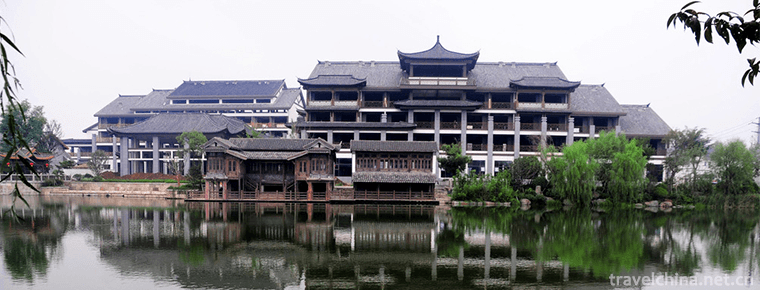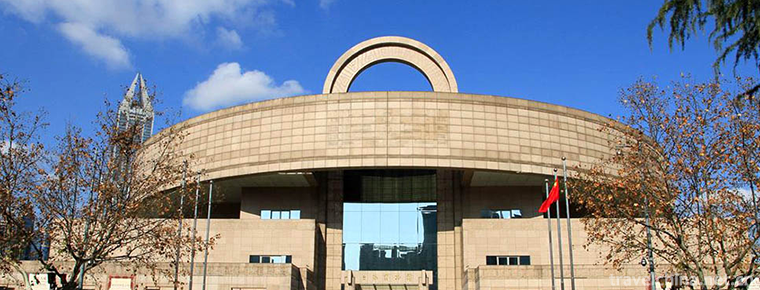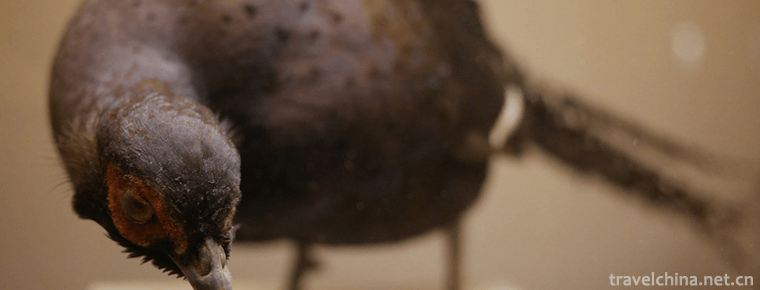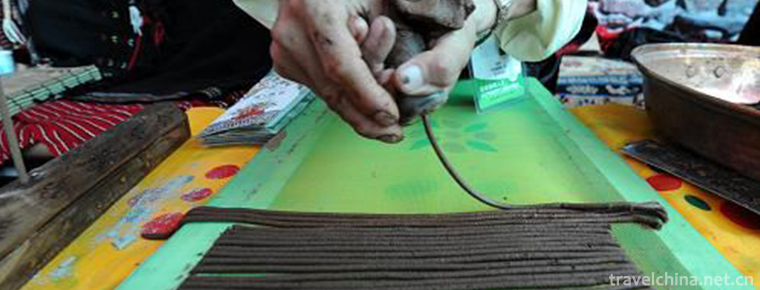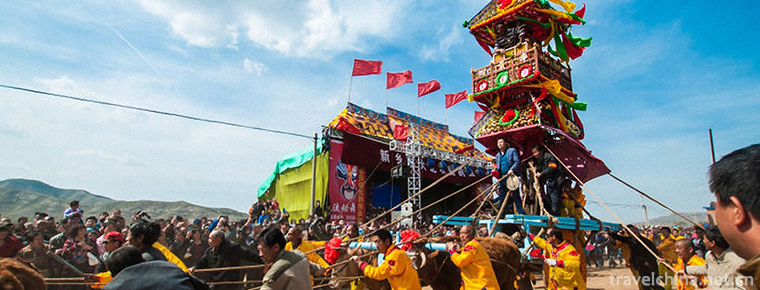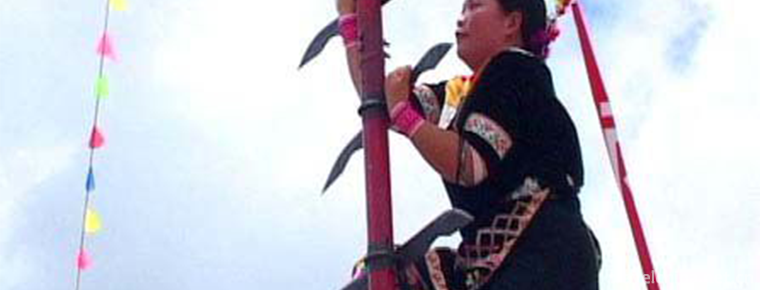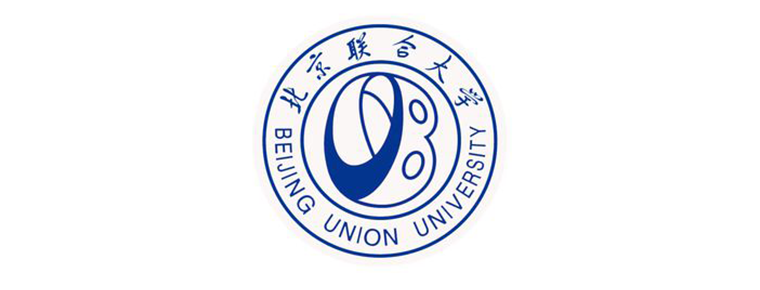Introduction to Chinese embroidery
Introduction to Chinese embroidery
Embroidery, known as needle embroidery in ancient times, is a kind of technology that uses embroidery needle to guide color thread, embroiders the designed patterns on textiles, and forms patterns with embroidery traces. In ancient times, it was called "Juju" and "pinju". Because embroidery is mostly made by women, it belongs to an important part of "needlework". Embroidery is one of the ancient handicrafts in China, which has a history of more than 2000 years. According to Shangshu, the ZhangFu system more than 4000 years ago stipulated that "clothes should be painted while clothes should be embroidered". Up to the Zhou Dynasty, there was a record of "embroidery and silk work together". The embroidery of Warring States period and Han Dynasty unearthed in Hubei and Hunan is of high level. In Tang and Song Dynasties, embroidery was widely used for painting, calligraphy and ornaments. During the Ming and Qing Dynasties, the scale of Royal embroidery was very large, and the folk embroidery was further developed. Suzhou embroidery, Yue embroidery, long embroidery, Xiang embroidery and Shu embroidery were successively produced, which were called "five famous embroidery". In addition, there are Gu embroidery, Beijing embroidery, Ou embroidery, Lu embroidery, Fujian embroidery, Bian Embroidery, Han Embroidery, hemp embroidery and Miao embroidery,
Each has its own style, which has been passed on for a long time. There are several kinds of needling techniques in embroidery, such as parallel stitching, troweling, needling, long and short stitches, punching stitches, Pingjin, stabbing sand, etc.
According to the materials, embroidery can be divided into silk embroidery, feather embroidery and hair embroidery. The uses of embroidery include: daily clothes, song and dance costumes, tablecloths, pillowcases, cushions and other daily necessities, as well as screen, wall hanging and other furnishings. The most famous embroidery in Ming Dynasty is Gu embroidery.
Embroidery has been handed down from generation to generation in Weinan City. There are hundreds of varieties of flowers and colors. There are mainly pillows, children's hats, belly binding, door curtains, insoles, bed circumference, sewing bags, purse bags, animal toys, etc. the contents are mostly flowers, birds, insects and fish and customs pictures. The women in Tongguan area embroider peonies and elegant lotus flowers on both ends of the stirrups, which are exquisite and durable. They are called "the best embroidery in Dongfu". With the changes of the times, the content of rural products has been updated. At the same time, some traditional embroidery products have entered the foreign trade market.
Bainiao skirt: Princess Anle of Zhongzong of Tang Dynasty owns two hundred bird skirts, both of which are rare treasures. It's made of natural clothes. Feather embroidery can not only embroider landscape flowers and birds, but also embroider various daily necessities pillow, feather embroidered carpet and feather embroidered clothing.

-
Lake Manasarovar
Ma Pang yongcuo is 35 kilometers east of the town of Pu Lan county.
Views: 173 Time 2018-10-12 -
Taierzhuang Ancient Town
Taierzhuang Ancient City, located at the center of the Beijing-Hangzhou Grand Canal, is located at the junction of Taierzhuang District, Zaozhuang City, Shandong Province.
Views: 114 Time 2018-12-08 -
Shanghai Museum
The Shanghai Museum was founded in 1952. It was originally located at the Old Jockey Club at 325 Nanjing West Road. It moved to the Zhonghui Building at 16 Henan South Road in October 1959.
Views: 134 Time 2018-12-19 -
Chaoyang Bird Fossil National Geological Park
Chaoyang Bird Fossil World Geopark is located in Chaoyang City, western Liaoning Province. Chaoyang is located at the junction of Liaoning, Hebei and Mongolia provinces in the throat of Chinese cock t.
Views: 105 Time 2019-01-05 -
Tibetan Fragrance Production Techniques
Tibetan incense is a rare "Tianmu" in the snow-covered mountains of Tibet. There are many records in Buddhist sutras. Tianmuxiang is the top-grade offering of Buddhist rites and buddhism..
Views: 175 Time 2019-04-05 -
Four Scenic Car Race
Duyuan Sijing Car Race is a folk activity in Pingshun County, Shanxi Province. In May 2011, Pingshun County, Shanxi Province declared the "Four Scenic Car Race .
Views: 349 Time 2019-04-28 -
The Lisu Knife and Rod Festival
The Lisu Knife and Rod Festival, which is called "A Tang De" in Lisu language, means "Climbing Dao Festival". It is a traditional festival of Lisu and Yi people living in Lushui Co.
Views: 167 Time 2019-06-17 -
Beijing Union University
Beijing Union University was founded in 1985 by the Ministry of education. It is a comprehensive university in Beijing. Its predecessor was the 36 University branches in Beijing in 1978. After more th.
Views: 159 Time 2019-09-06 -
Suining science and technology
In 2019, Suining achieved a high-tech industry revenue of 50.2 billion yuan, an increase of 22.4%, and social R & D investment reached 860 million yuan, a year-on-year increase of 37.3%, and the investment intensity reached 0.7%. In the whole year,.
Views: 327 Time 2020-12-16 -
Yibin cultural undertakings
By the end of 2019, there are 7 art performance groups, 2 art performance venues, 11 cultural centers, 186 cultural stations and 10 public libraries in Yibin cultural system. There are 1 provincial science and technology tourism demonstration base, 2 prov.
Views: 159 Time 2020-12-18 -
Dazhou culture
Baqu culture refers to the fact that Dazhou city is located in Bashan canal and belongs to Badi in ancient times. The chapter of Baqu customs is listed in the ancient book Taiping Huanyu Ji thousands of years ago; the second refers to the unique cultur.
Views: 364 Time 2020-12-20 -
Dazhou folk culture
Dazhou yuanjiu Climbing Festival this tradition has been followed for thousands of years, every year on the ninth day of the first month, hundreds of thousands of people travel to the city, this spectacular scene is also rare in the country. It is said that i.
Views: 287 Time 2020-12-20

